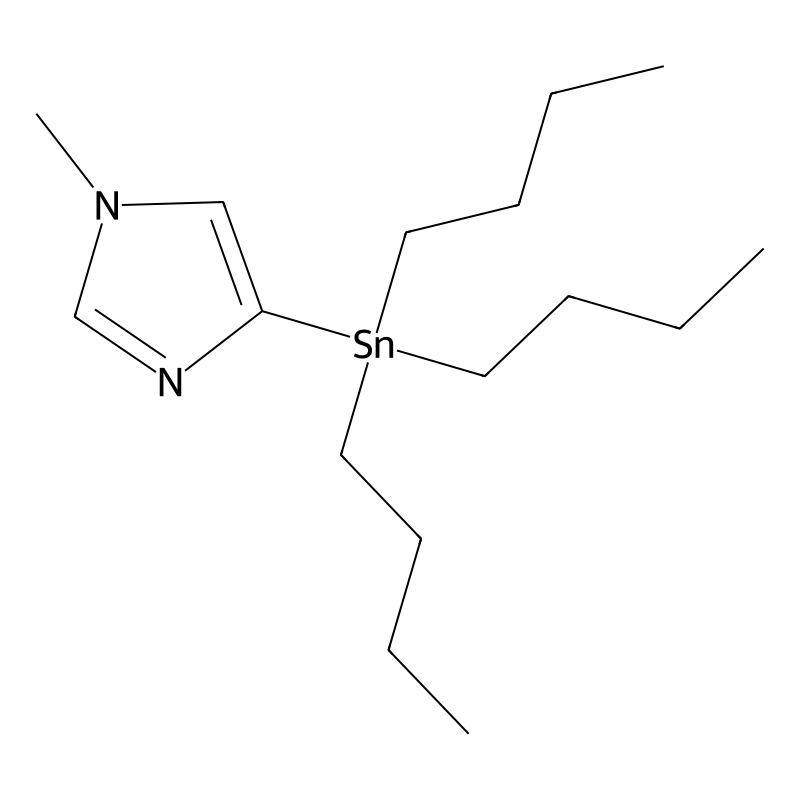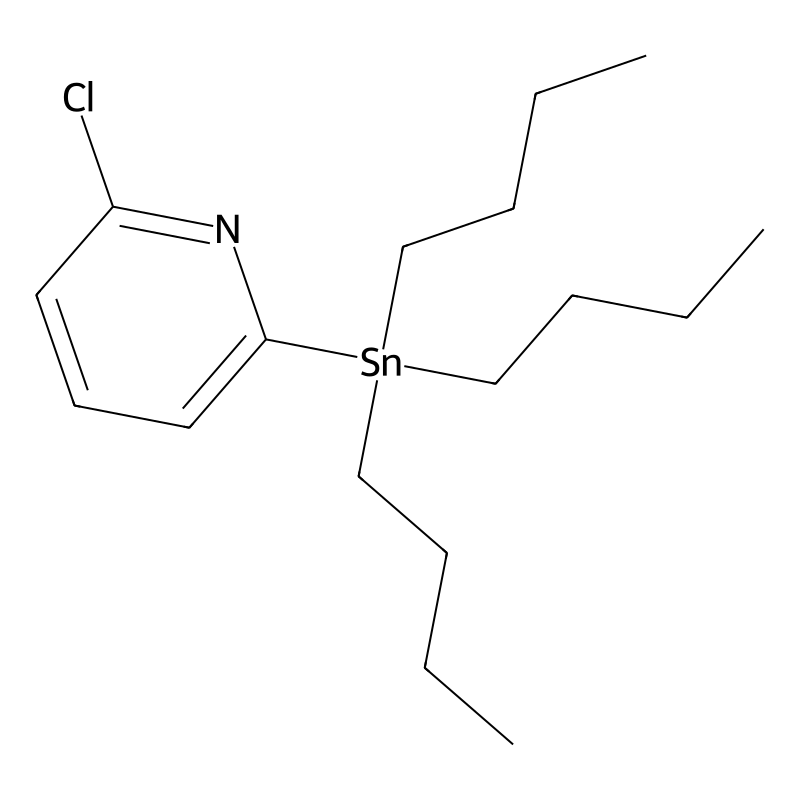Organotin Reagents
CAS No.:125769-77-9
Molecular Formula:C16H32OSn
Molecular Weight:359.1 g/mol
Availability:
In Stock
CAS No.:446285-73-0
Molecular Formula:C16H32N2Sn
Molecular Weight:371.1 g/mol
Availability:
In Stock
CAS No.:3091-32-5
Molecular Formula:C18H33ClSn
Molecular Weight:403.6 g/mol
Availability:
In Stock
CAS No.:68725-14-4
Molecular Formula:C13H27F3O3SSn
Molecular Weight:439.1 g/mol
Availability:
In Stock
CAS No.:145483-63-2
Molecular Formula:C28H56SSn2
Molecular Weight:662.2 g/mol
Availability:
In Stock
CAS No.:263698-99-3
Molecular Formula:C17H30ClNSn
Molecular Weight:402.6 g/mol
Availability:
In Stock





